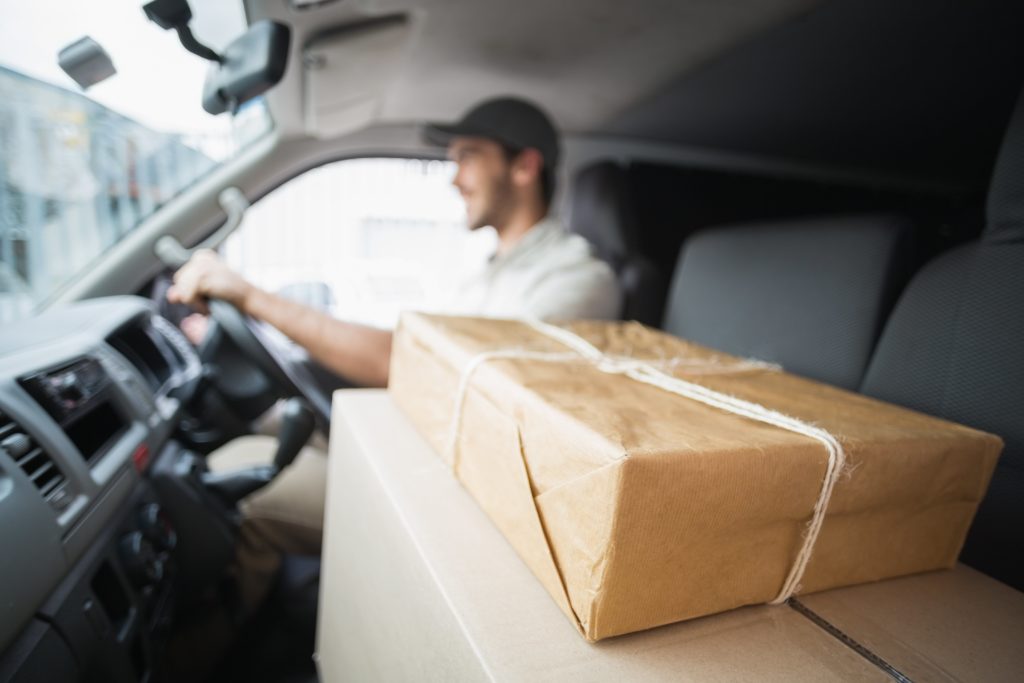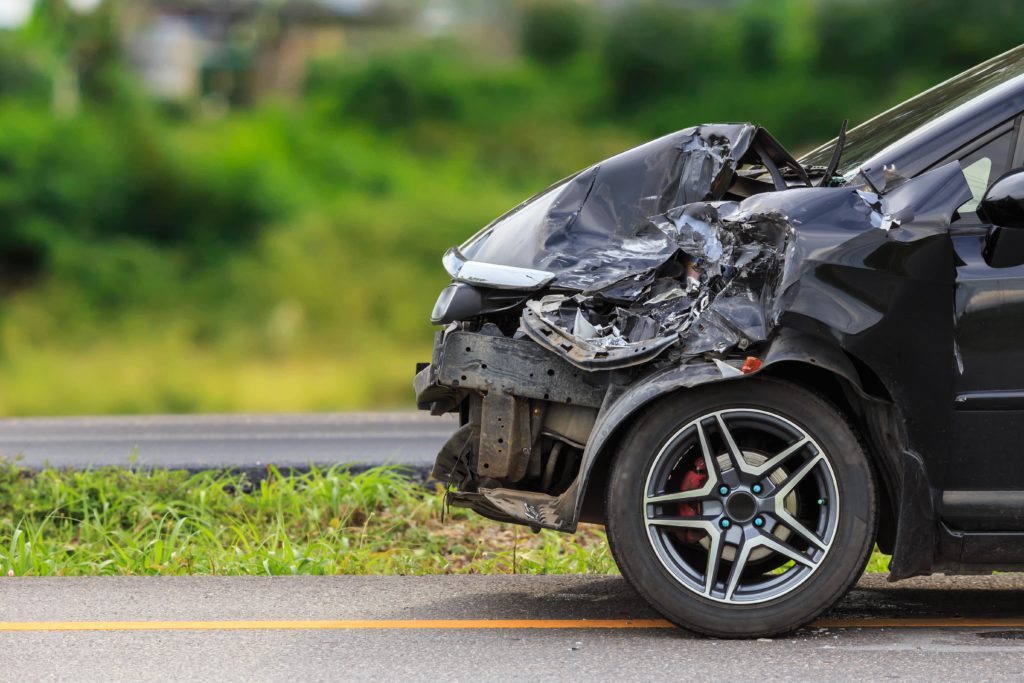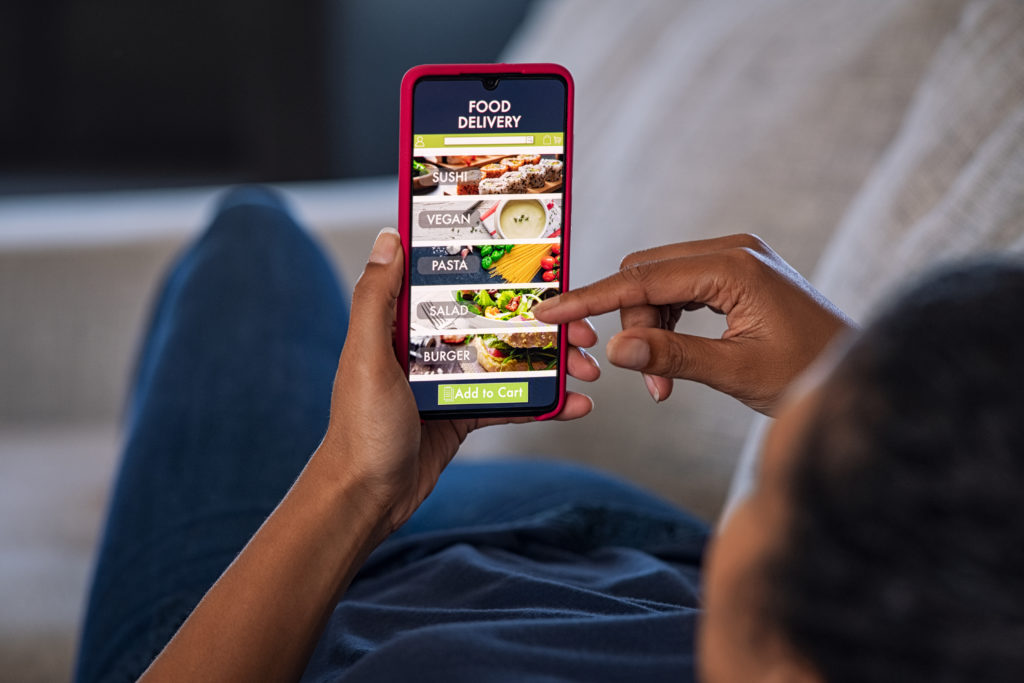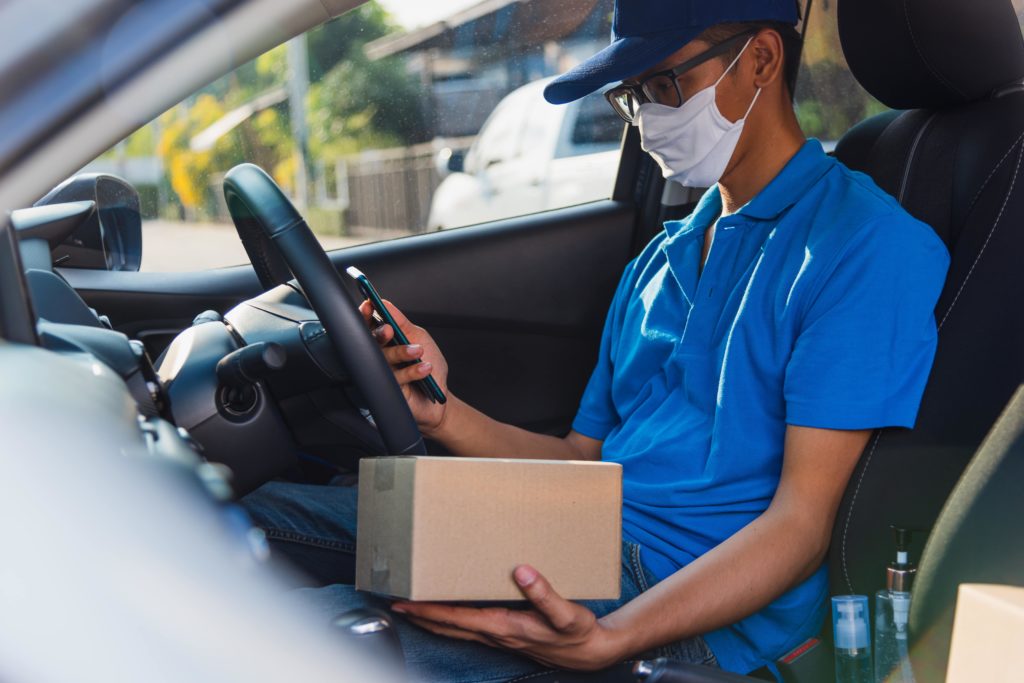Thinking about starting your own delivery service? Your customers will love the convenience of having someone bring their order right to their door. However, it’s important to do your homework beforehand so you can manage your business risks. This blog will explore the delivery driver insurance requirements you’ll need to follow and the top safety protocols for delivery drivers so you can keep your staff safe.

Why Do You Need Special Insurance for Delivery Services?
Simply put, you need delivery insurance for drivers so your business isn’t held financially liable in an auto accident. If your team member uses their own car, their personal auto policy won’t cover an accident that occurs during business use. Plus, if you don’t have insurance for a delivery driver, the cost of the incident will have to come directly out of your pocket.
With roughly 16,438 car crashes each day in the U.S. alone, you shouldn’t write off the dangers your delivery team will face on the road. Instead, you should be proactive. Creating your own delivery service is certainly a great perk to offer your customers, but you need to consider and plan for the added risks it brings.
Delivery Driver Insurance Requirements
If you’re using company cars for delivery, your business should ask your local provider about getting a Business Auto Policy (BAP) in place. This type of plan typically covers:
- Costs of damage to other vehicles involved & legal fees
- Damage to the company car
- Medical costs
- Issues stemming from an uninsured driver
If your employees are using personal vehicles for delivery, you’ll likely need to add an endorsement to your commercial auto plan. This will add access coverage that’s only applied once an employee’s personal car insurance has been used up or if their insurance rejects the claim.
The best way to ensure you’re adequately covered to meet all delivery driver insurance requirements is to work with a local provider you can trust to help you explore your options. That way you don’t discover a loophole in your plan after it’s too late.

Third-Party Delivery Insurance
Relying on a third-party app for delivery instead? Around 60% of Americans order delivery at least once a week for food alone, with around 31% using a third-party app to order. Although it mostly started with food delivery, some delivery apps are also starting to support retail orders as well.
Using a provider is a smart way to offer delivery if you’re not able to create an in-house system. However, it’s more nebulous in regards to how drivers are insured.
Some providers, like DoorDash, have a commercial policy that kicks in after a driver’s personal auto insurance is used up. Others — like GrubHub and Instacart — require drivers to have personal car insurance and look into getting adequate coverage on their own to account for delivery driving.
Either way, your business isn’t accountable for the driver’s insurance, since he or she is working for the third-party service. You’ll just want to make sure you choose a third-party group with a credible delivery system set up, so being associated with them won’t mar your brand’s reputation.

5 Simple Safety Protocols for Delivery Drivers
Safety for delivery drivers is key to the success of your new service. Below we’ll take a look at some best practices you can use to protect your team.
1. Offer Situational Training for Delivery Drivers
Education is an easy place to start when preparing your team for their role. Create training materials, including an employee handbook, that cover everything from hazards on the road to strategies for dealing with a robbery situation. Your delivery policy can include rules regarding:
- Requiring seat belts at all times
- Prohibiting the use of cell phones while driving
- Banning other passengers from riding while making deliveries
You should also require a signature for your safe driving policy. That way your employees are clear about your expectations.
2. Spread Deliveries Among Multiple Drivers
If you’re expecting a high volume of orders, don’t put it all on one person. The stress of having too many could potentially cause him or her to speed or make reckless choices. Spreading the workload between drivers ensures that customers get their orders on time without putting unnecessary pressure on your delivery staff.
3. Screen Deliveries with Caller ID
From the start, make sure you use caller ID so you can trace the location of customers and keep records. At the very least, make sure you keep a list of all customers, their telephone number, and their orders. This information can help organize your business and keep staff safe if an incident occurs.
3. Take Payments Online or via Phone
Drivers are an obvious target for thieves if they’re carrying cash, especially because it’s easy to pick out a delivery car from a regular car. Your business is at risk of losing profit and you’re putting your team at risk if you don’t encourage payment transactions over the phone or online.
4. Use GPS & Surveillance Technology
If you’re concerned about the safety of delivery drivers, GPS systems and in-car surveillance cameras can help. Both can help you locate your employee if they are in an accident or stuck in a dangerous situation. Drivers should also always have a cell phone they can use to call your business or alert authorities in an emergency.
5. Refrain from Offering Late-Night Deliveries
A study analyzing data from large cities showed that while crime happens any time of day, midnight is the peak time for the most violent crimes. To protect your team, consider refraining from offering late-night deliveries.

Continue Developing Safety Practices
Delivery service protocol should be a two-way street between employers and drivers. Keep communication open and encourage everyone to work together when creating policies and training. There are likely some situations your drivers will encounter that you may not have thought about covering.
However, remember that even when you take reasonable steps to create your program, accidents will always be a risk. That’s why it’s also crucial to arm your business with the proper insurance coverage.
Want to learn more about PA commercial auto insurance and PA personal auto insurance options to protect your new delivery service? Talk to our team to create a risk management strategy with the right coverage so you can ensure your new venture is a success!
This blog was originally published on March 31, 2020. It was updated on Jan. 22, 2021.